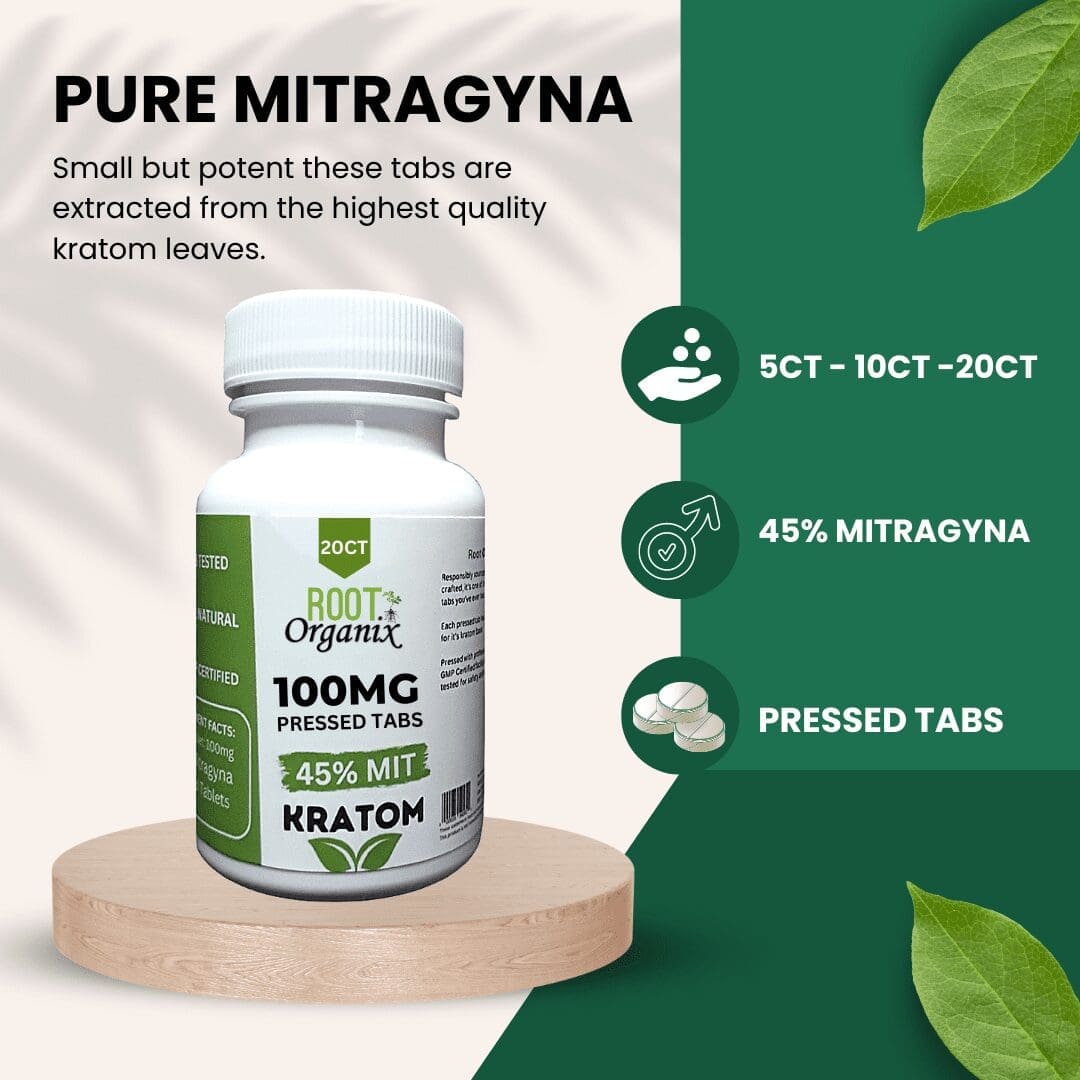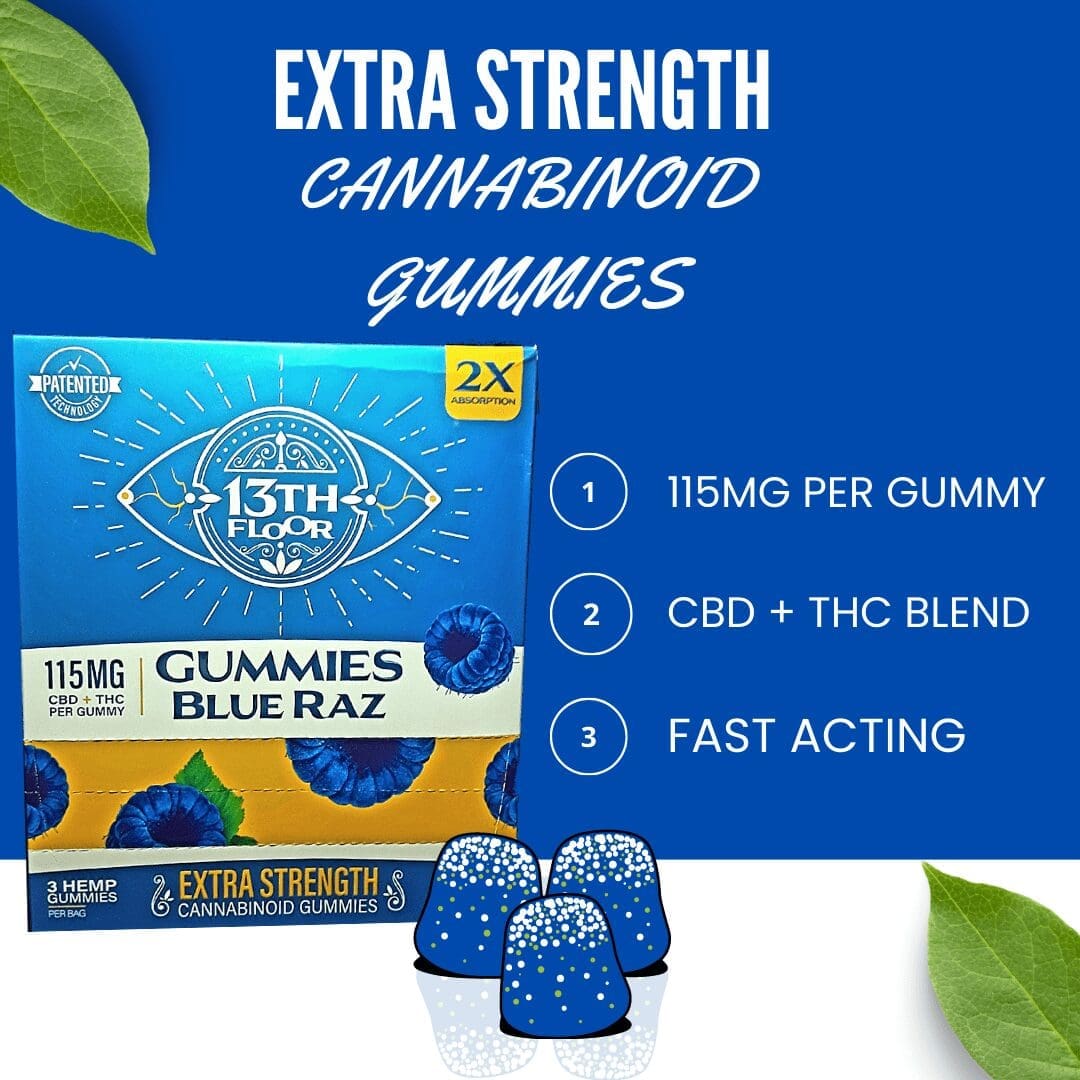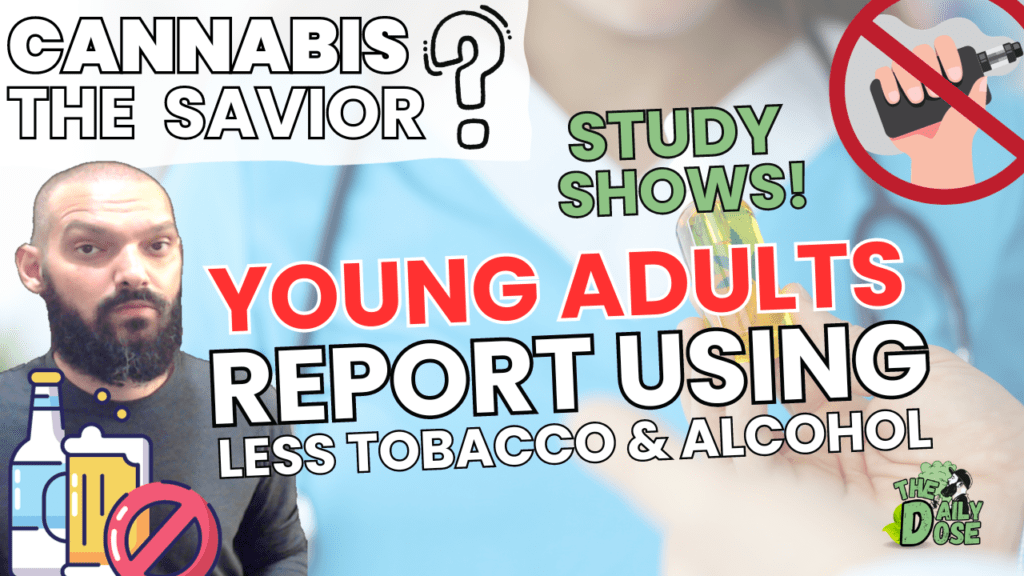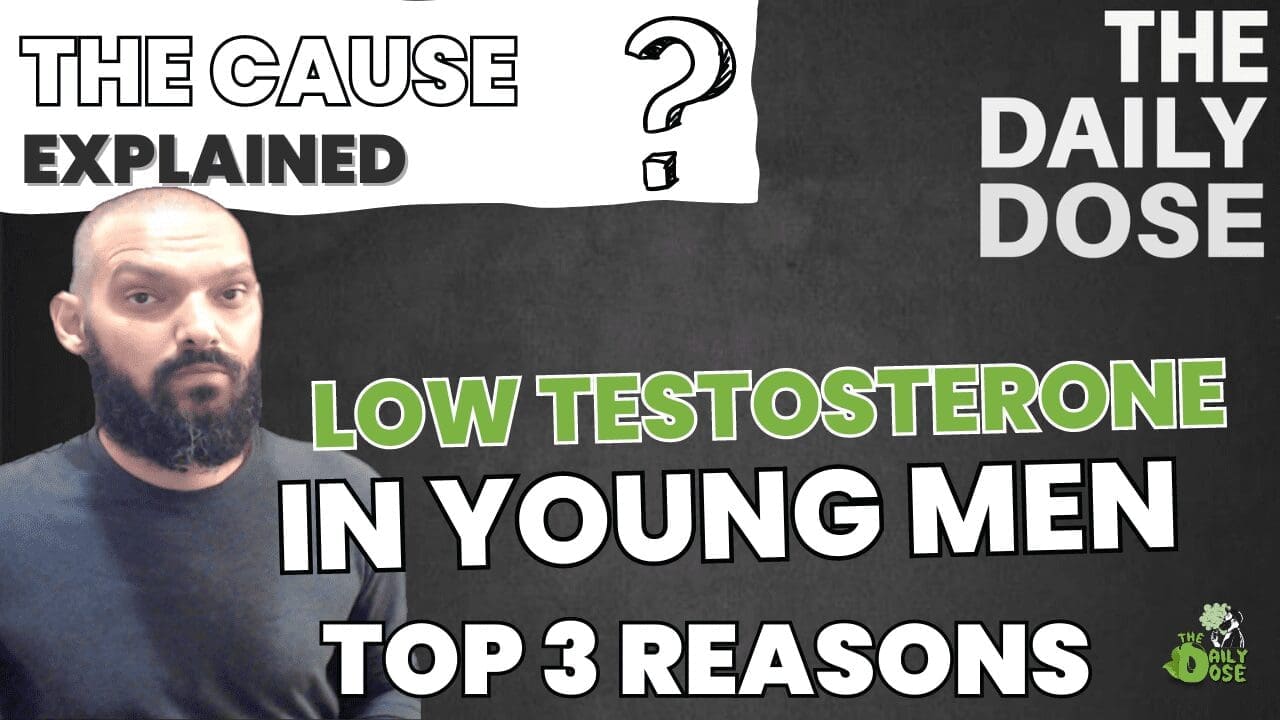Table of contents
- Cannabis Legalization And Substance Use Patterns Explored
- 1. Introduction
- 2. Methodology
- 3. Pre-Legalization Findings
- 4. Post-Legalization Observations
- 5. Impact on Licit Substance Use
- 6. Addressing Gateway Theory Concerns
- 7. Future Implications and Considerations
- 8. Comparative Studies: Insights from Different Jurisdictions
- 9. Marijuana’s Role in Opioid Cravings and Prescription Reduction
- 10. CBD and Opioid Prescriptions: A Tangential Connection
- 11. Summer Report on Medical Marijuana and Pain Management
- 12. Conclusion: Unveiling Trends and Unanswered Questions
- FAQs
Cannabis Legalization And Substance Use Patterns Explored
1. Introduction
In the wake of marijuana legalization, recent federally funded research delves into the intricate relationship between cannabis reform and substance use patterns among young adults in California. Contrary to prohibitionist arguments, the study suggests a noteworthy “substitution effect” where cannabis legalization is linked to a significant reduction in alcohol and cigarette consumption among young adults.
2. Methodology
The research, funded by the National Institute on Drug Abuse, involved extensive surveys conducted on two cohorts: 172 subjects surveyed pre-legalization (2014-2015) and 139 subjects post-legalization (2019-2020) in Los Angeles. The study aims to unravel the impact of adult-use marijuana legalization under a 2016 voter initiative.

3. Pre-Legalization Findings
Before legalization, the pre-legalization cohort exhibited patterns of substance use that set the baseline for comparison. Understanding the dynamics before the policy change is crucial for deciphering the subsequent effects of cannabis reform.
4. Post-Legalization Observations
Post-legalization, the study unveils intriguing insights into the shifting landscape of cannabis consumption. Notably, while there is no substantial increase in marijuana use among underage individuals, there is a discernible shift towards the consumption of edibles.

5. Impact on Licit Substance Use
A pivotal revelation in the research is the significant reduction in alcohol and cigarette use among the post-legalization cohort. This unexpected trend prompts the exploration of a potential protective effect offered by cannabis or shifts in societal norms and attitudes towards traditional substances.
6. Addressing Gateway Theory Concerns
Contrary to concerns about the “gateway theory,” the study reveals that changes in the use of illicit and prescription drugs do not significantly differ between pre and post-legalization cohorts. This challenges the predicted escalation in other drug use following adult-use legalization.

7. Future Implications and Considerations
As the study concludes, it raises questions about the sustainability of reduced alcohol and cigarette use as participants reach the legal age for access. Ongoing monitoring and research are suggested to understand the long-term impact of cannabis legalization on substance use patterns during emerging adulthood.
8. Comparative Studies: Insights from Different Jurisdictions
Expanding our perspective, this section explores comparative studies from different jurisdictions, revealing trends and variations in substance use patterns following marijuana legalization. This broader context enriches our understanding of the diverse impacts of cannabis reform.
Following the legalization of marijuana, a nuanced exploration of substance use patterns reveals intriguing trends and variations. The research, funded by the National Institute on Drug Abuse, sheds light on a significant “substitution effect” where young adults in California notably reduce their alcohol and cigarette consumption post-legalization. Contrary to fears of increased cannabis use among underage individuals, the study unveils no substantial uptick in marijuana consumption in this demographic.
Furthermore, a shift towards the consumption of edibles is observed. These findings challenge conventional notions about the societal impact of cannabis reform. As we delve into these evolving patterns, it becomes evident that marijuana legalization triggers a complex interplay of factors influencing substance preferences.
The exploration of these trends not only refutes certain prohibitionist arguments but also underscores the need for comprehensive research to understand the diverse impacts of cannabis reform on individual and societal behavior.

9. Marijuana’s Role in Opioid Cravings and Prescription Reduction
Drawing connections to the opioid crisis, this section discusses how marijuana legalization may be associated with reduced opioid cravings. Insights from federally funded studies provide a nuanced understanding of how legal cannabis could serve as a safer substitute for individuals using opioids without prescription.
The analysis of current data suggests a compelling association between marijuana legalization and reduced opioid cravings. Recent federally funded studies indicate that individuals using opioids without prescription experienced significantly diminished cravings when exposed to legalized marijuana.
This noteworthy correlation challenges traditional assumptions and proposes that expanding access to legal cannabis could serve as a safer substitute for those struggling with opioid addiction. In addition to the reduction in cravings, studies point towards a potential decrease in non-prescribed pharmaceutical opioid use in regions where medical marijuana is legalized.
These findings underscore the intricate relationship between marijuana reform and opioid-related issues, offering a promising avenue for addressing the ongoing opioid crisis. As we delve deeper into the data, it becomes evident that the potential role of legal cannabis in curbing opioid cravings is a significant and nuanced aspect that warrants continued investigation and exploration.

10. CBD and Opioid Prescriptions: A Tangential Connection
Exploring tangential connections, this section delves into studies suggesting that legal access to CBD products correlates with significant reductions in opioid prescriptions. The potential role of CBD in addressing opioid-related issues adds another layer to the complex relationship between cannabis reform and substance use.
The potential role of CBD in addressing opioid-related issues is a topic of considerable interest, with factual data both supporting and questioning its efficacy.
Some studies suggest that legal access to CBD products correlates with significant reductions in opioid prescriptions, hinting at the possibility that CBD could serve as an alternative or complementary therapy for managing pain and potentially reducing reliance on opioids. However, it’s crucial to note that while some research points to positive outcomes, the scientific consensus on CBD’s efficacy in curbing opioid-related issues is not yet definitive.
The nuanced nature of this relationship demands further investigation and a comprehensive understanding of how CBD interacts with the complexities of opioid use and dependence. As the scientific community continues to explore this avenue, it becomes apparent that the potential role of CBD in addressing opioid-related issues is a dynamic and evolving field, necessitating ongoing research to validate and refine our understanding.

11. Summer Report on Medical Marijuana and Pain Management
This section highlights a summer report linking medical marijuana use to lower pain levels and reduced dependence on opioids and other prescription medications. The findings underscore the multifaceted impact of marijuana on pain management and its potential role in reducing reliance on traditional medications.

12. Conclusion: Unveiling Trends and Unanswered Questions
In conclusion, the federally funded research illuminates key trends in the aftermath of marijuana legalization, challenging assumptions and revealing intriguing dynamics. The study indicates a notable “substitution effect,” with young adults significantly reducing alcohol and cigarette use post-legalization. Furthermore, there is no substantial increase in marijuana consumption among underage individuals.
As we delve into the future, questions arise about the sustainability of reduced alcohol and cigarette use as participants reach legal age. The need for continued research is paramount, urging an exploration of the evolving landscape of substance use patterns during emerging adulthood.
How will these trends persist, and what factors will influence the trajectory of substance preferences? These unanswered questions underscore the importance of ongoing inquiry into the multifaceted impact of cannabis reform on societal norms and individual choices.
Related Articles:
- Immune Support How CBD Can Help
- Plant Medicines For Health And Wellness
- Cannabis And The Opioid Conundrum Explained
- Cannabis Use And More
FAQs
The federally funded study suggests no significant increase in marijuana use among young adults post-legalization, challenging assumptions about a surge in cannabis consumption.
The substitution effect refers to a significant reduction in alcohol and cigarette use among young adults post-marijuana legalization, indicating a potential shift in substance preferences.
Contrary to the “gateway theory,” the study finds no significant differences in the use of illicit and prescription drugs between pre and post-legalization cohorts, challenging the predicted escalation in other drug use.
The study raises questions about the sustainability of reduced alcohol and cigarette use as participants reach legal age, emphasizing the need for ongoing research to understand the long-term impact of cannabis legalization.
Comparative studies in different jurisdictions reveal diverse trends in substance use patterns post-marijuana legalization, enriching our understanding of the varied impacts of cannabis reform.
Meet The Author





